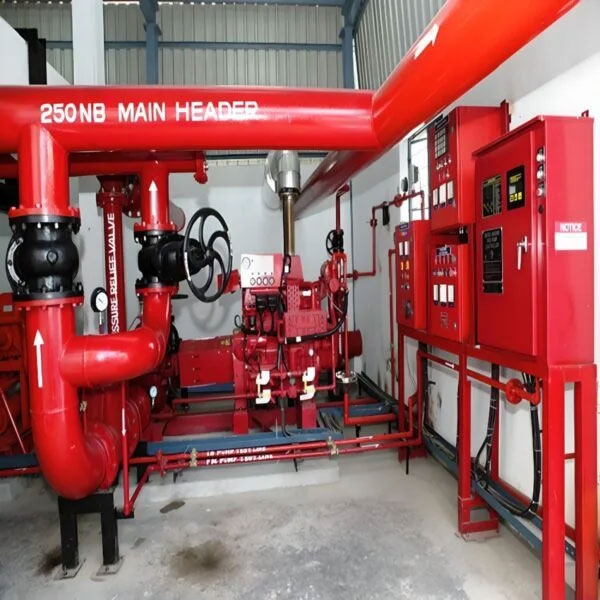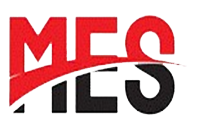Polavaram Mandal Dr.B.R.Ambedkar Konaseema District Andhra Pradesh
Fire Hydrant System Projects
A comprehensive fire hydrant system project involves multiple stages: Design, Supply, Erection, and Commissioning. The design phase includes determining the system's layout, pipe sizes, pump capacity, and hydrant locations based on factors like building size, occupancy, and local fire codes. Supply involves procuring all necessary components, including pumps, piping, valves, and hydrants. Erection involves installing the system, including connecting the components and ensuring proper alignment and support. Commissioning involves testing the system to ensure it functions correctly, including pressure tests, pump operation, and fire hydrant flow tests.
1. Design:
System Layout:
Planning the location and spacing of hydrants, piping, and other components to effectively cover the area.
Pipe Sizing:
Determining the appropriate pipe diameter to ensure sufficient water flow to all hydrants.
Pump Capacity:
Calculating the required pump capacity based on the system's needs and local regulations.
Hydrant Location:
Placing hydrants within specified distances of buildings and each other, as per relevant fire codes.
Code Compliance:
Ensuring the design meets all applicable fire codes and regulations.2. Supply:
Pumps: Procuring both main and standby pumps, potentially including jockey pumps for system pressurization.
Piping: Sourcing the necessary pipes, fittings, and valves to connect the system.
Hydrants: Purchasing the fire hydrants, including the type (wet barrel, dry barrel) and number based on the design.
Control Panels: Supplying the necessary electrical panels and instrumentation for automatic pump operation.
Hoses and Connections: Providing the required hoses and connections for fire-fighting purposes.
3. Erection:
Installation:
Installing all components, including pumps, piping, valves, and hydrants, according to the design.
Piping Connections:
Ensuring proper connections between pipes, valves, and other components.
Support Structures:
Providing adequate support for pipes, especially in vertical risers, to prevent damage or movement.
Electrical Wiring:
Installing and connecting the necessary electrical wiring for pumps and control panels.
Site Coordination:
Coordinating with other trades (e.g., plumbing, electrical) to ensure proper installation and integration.
4. Commissioning:
Pressure Testing:
Performing pressure tests to verify the system's integrity and leak tightness.
Pump Testing:
Testing the pumps to ensure they operate correctly and deliver the required water flow.
Fire Hydrant Flow Testing:
Conducting flow tests at each hydrant to verify the water flow and pressure.
System Calibration:
Adjusting the system's parameters, such as pump settings and control panel settings, to optimize performance.
-
Call - 9:00 am to 6:00 pm
+91 9121 721 751
-
Send email
megaengineering99@gmail.com
-
Visit office
Polavaram Mandal Dr.B.R.Ambedkar Konaseema District Andhra Pradesh


